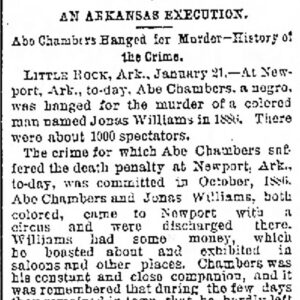 Abe Chambers Execution Story
Abe Chambers Execution Story
Entry Category: Law Enforcement
 Abe Chambers Execution Story
Abe Chambers Execution Story
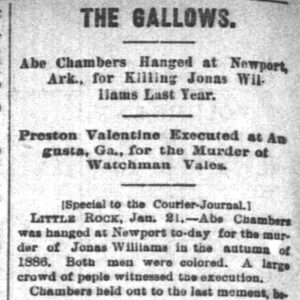 Abe Chambers Execution Story
Abe Chambers Execution Story
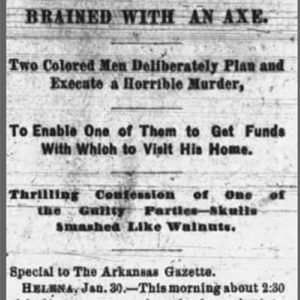 Akles Murders Story
Akles Murders Story
Akles, David (Execution of)
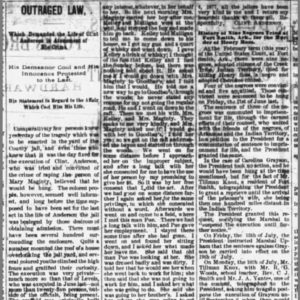 Anderson Execution Story
Anderson Execution Story
Anderson, Charles (Execution of)
Anderson, Clint (Execution of)
Anti-Horse Thief Association
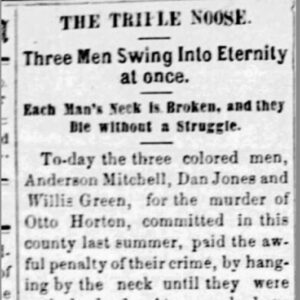 Arkadelphia Executions Article
Arkadelphia Executions Article
Arkadelphia Executions of 1889
Arkansas Department of Corrections
Arkansas Division of Community Correction (ADCC)
Arkansas Highway Police
Arkansas State Crime Laboratory
 Arkansas State Penitentiary
Arkansas State Penitentiary
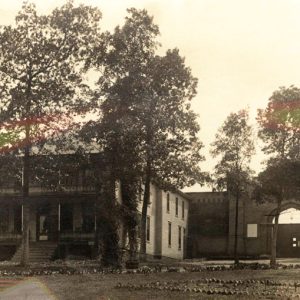 Arkansas State Penitentiary
Arkansas State Penitentiary
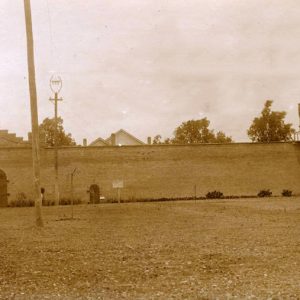 Arkansas State Penitentiary
Arkansas State Penitentiary
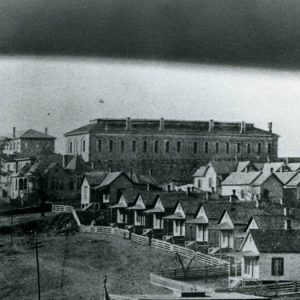 Arkansas State Penitentiary
Arkansas State Penitentiary
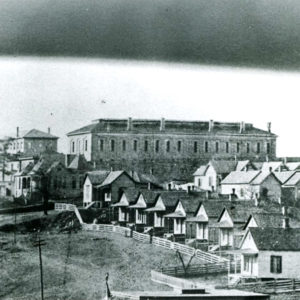 Arkansas State Penitentiary
Arkansas State Penitentiary
Arkansas State Police
 Arkansas State Police Patrol Car
Arkansas State Police Patrol Car
 Arkansas State Police Motorcycle Cop
Arkansas State Police Motorcycle Cop
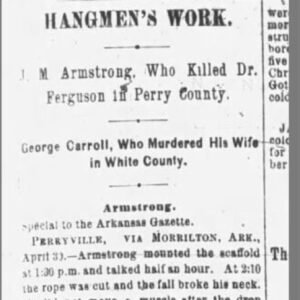 Armstrong and Carroll Execution Story
Armstrong and Carroll Execution Story
Armstrong, J. M. (Execution of)
Arterberry, William (Lynching of)
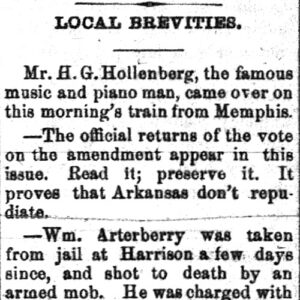 William Arterberry Story
William Arterberry Story
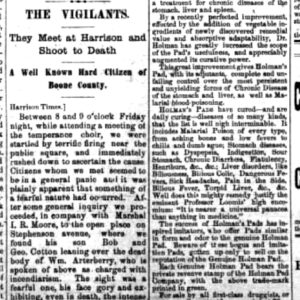 William Arterberry Story
William Arterberry Story
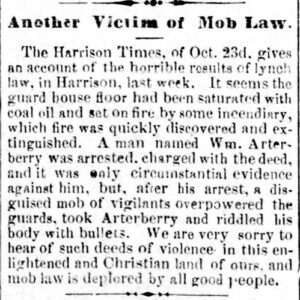 William Arterberry Story
William Arterberry Story
Barnes, Lee (Execution of)
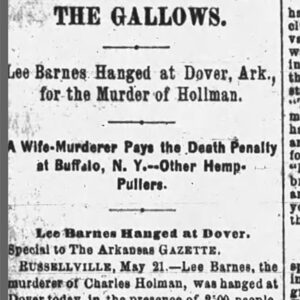 Lee Barnes Execution Article
Lee Barnes Execution Article
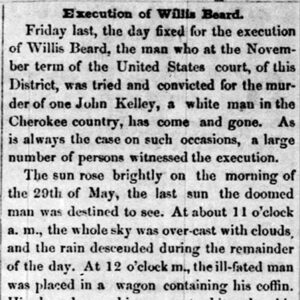 Beard Execution Story
Beard Execution Story
Beard, Willis (Execution of)
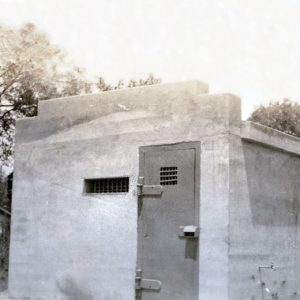 Beebe Jail
Beebe Jail
Bennett, Rush (Execution of)
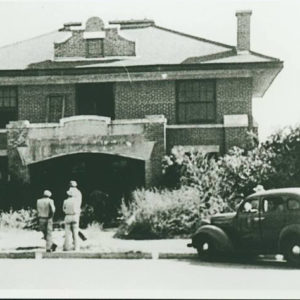 Benton City Jail
Benton City Jail
 Benton Work Release Center
Benton Work Release Center
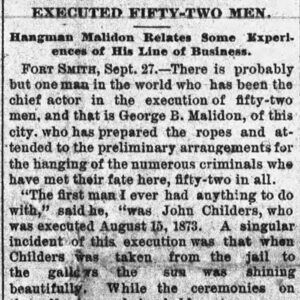 John Billy Execution Article
John Billy Execution Article
Binns, William (Execution of)
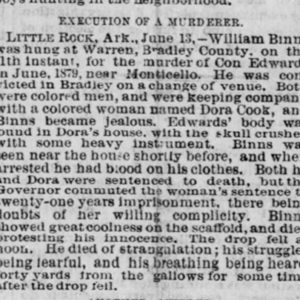 Binns, William (Execution of)
Binns, William (Execution of)
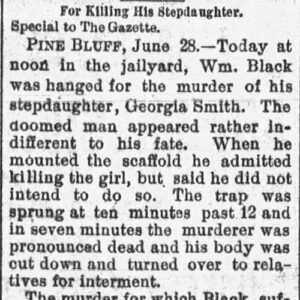 Henry Black Execution Article
Henry Black Execution Article
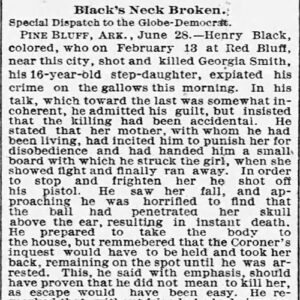 Henry Black Execution Article
Henry Black Execution Article
Black, William (Execution of)
aka: Henry Black (Execution of)
Blalock, Jerry (Execution of)
 Blue Knight Award
Blue Knight Award
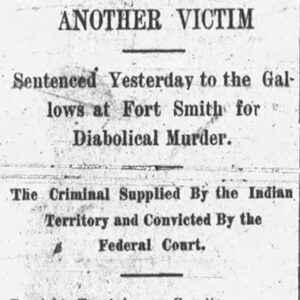 Bogle Execution Story
Bogle Execution Story
Bogle, Gus (Execution of)
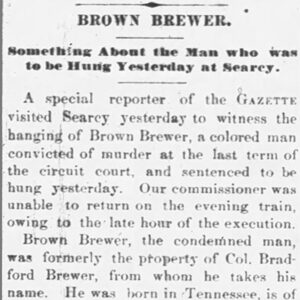 Brewer Execution Story
Brewer Execution Story
Brewer, Brown (Execution of)
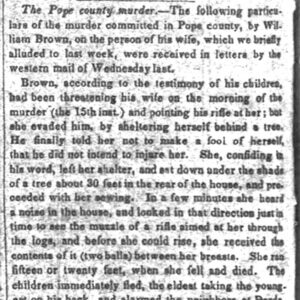 Brown Execution Story
Brown Execution Story




